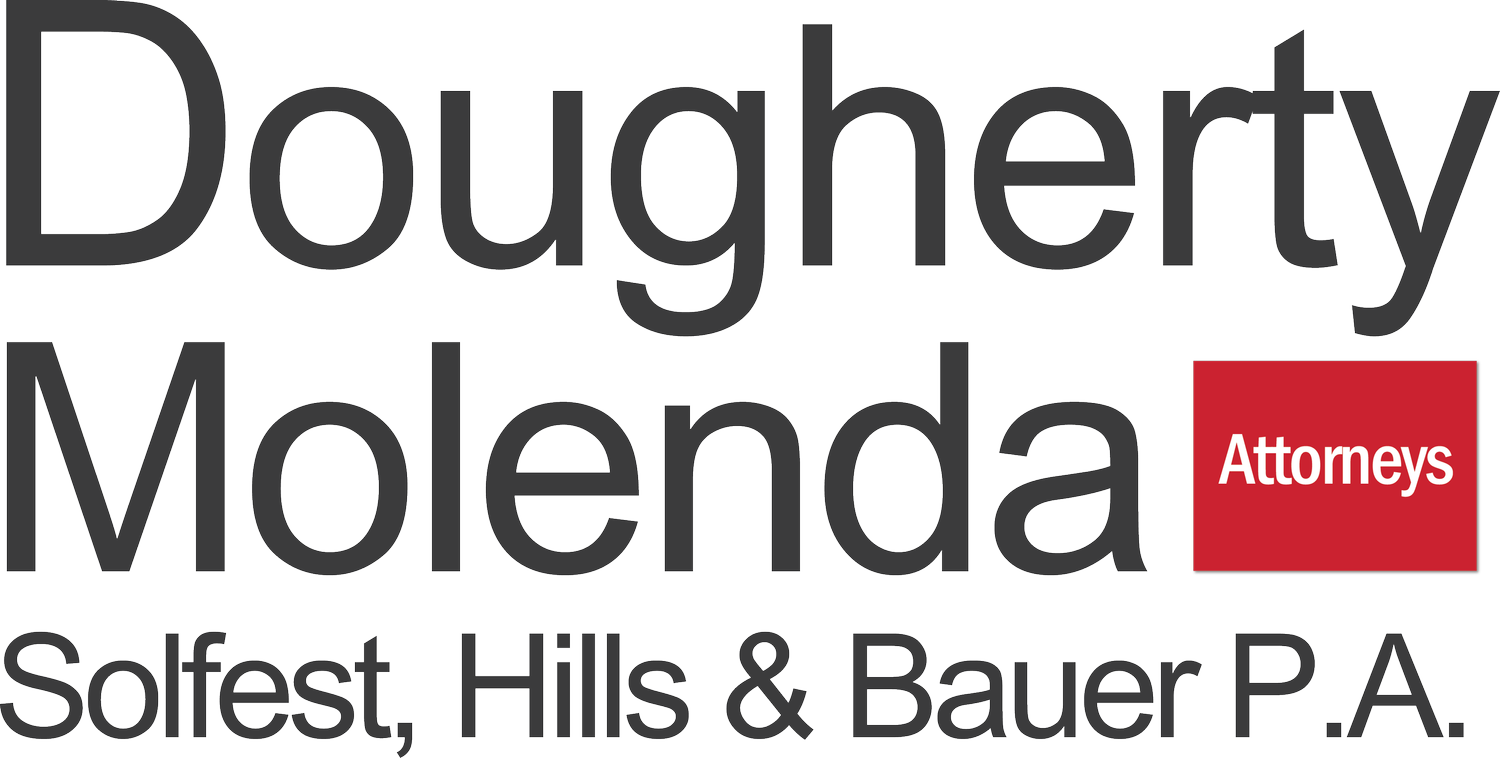Navigating Complex Litigation
Introduction
Litigation can be a daunting process, especially for those unfamiliar with the legal system. Minnesota law is unique in many ways. For example, “pocket filing” can be used strategically in Minnesota, and almost nowhere else. Whether you are a business owner facing a contract dispute, an individual involved in a personal injury case, or a party to a complex commercial litigation matter, understanding the basics of litigation can help ease the stress and uncertainty that often accompany legal proceedings.
In this blog, we’ll break down the litigation process, explain key concepts, and offer practical advice on how to navigate a case effectively in Minnesota.
Understanding the Litigation Process
Litigation refers to the process of resolving disputes through the court system. It typically involves several key stages:
Pre-Litigation Investigation and Demand Letters
Before a lawsuit is filed, parties often engage in pre-litigation negotiations or investigations. This may include sending a demand letter outlining the claims and requesting a resolution without the need for court intervention. The goal here is to minimize the cost of litigation and attorney time. Compromise on issues at this stage can save significant expense down the road if the case requires litigation.
Filing the Complaint
If a resolution cannot be reached, the plaintiff (the party initiating the lawsuit) will file a complaint with the court. In Minnesota, the action is “commenced” when it is served. However, the complaint must be served within one year of commencement, or the claim will be considered dismissed by default. The complaint is simply a document that sets forth the facts of the case, the legal claims, and the relief sought.
Response and Counterclaims
The defendant (the party being sued) must respond to the complaint within a specified time frame, typically by filing an answer. The defendant may also make a motion to dismiss the complaint, although this is less common, given that Minnesota is a notice pleading state. In addition to an answer, the defendant may also file counterclaims against the plaintiff, alleging their own grievances. This can be an effective strategy.
Discovery Process
Discovery is the phase where both parties exchange information relevant to the case. This can include documents, depositions, and interrogatories. Discovery is crucial for building a strong case, but it can also be time-consuming and costly. In Minnesota, written discovery generally permits a 30-day response deadline under the Minnesota Rules of Civil Procedure.
Motions and Pre-Trial Hearings
Before the case goes to trial, parties may file various motions to resolve specific issues, such as a motion to dismiss the case or a motion for summary judgment. Pre-trial hearings may also be held to discuss procedural matters.
Trial
If the case is not resolved through settlement or dismissed, it will proceed to trial. During the trial, both parties present their evidence and arguments to a judge or jury, who will then render a verdict. This is a complicated and expensive process, and parties should be prepared for these costs. Attorneys and support staff spend signfiicant time preparing witness outlines, objections, and motions during a trial. They then spend each day in trial, sometimes in outstate Minnesota, where additional travel or hotel expenses are involved. The costs of trial are a key consideration for many clients.
Post-Trial Motions and Appeals
After the trial, the losing party may file post-trial motions or appeal the verdict to a higher court. The appeals process can be lengthy and may lead to a new trial or a modification of the judgment.
Practical Tips for Clients
Communicate Regularly with Your Attorney
Keeping an open line of communication with your attorney is crucial. Make sure you understand the status of your case and the strategies being employed.
Organize Your Documents
Litigation often involves extensive documentation. Organize and provide all relevant documents to your attorney promptly to avoid delays.
Be Patient
Litigation is often a slow process. Patience is key, as rushing through the process can lead to unfavorable outcomes.
Consider Alternative Dispute Resolution (ADR)
Mediation and arbitration are forms of ADR that can offer quicker and less costly resolutions compared to traditional litigation. Discuss these options with your attorney. Minnesota has been a leading state in mediation concepts, and mediation is almost always ordered by a court in Minnesota litigation. It’s usually the best time to make best efforts to settle a case.
Conclusion
Litigation can be a complex and overwhelming experience, but with the right legal representation and a solid understanding of the processes and legal strategies litigants can use, you can navigate your case with confidence. Each case is unique, so it’s essential to consult with your attorney to develop a strategy tailored to your specific situation.
If you have any questions or need assistance with a legal matter, don’t hesitate to contact us. Our experienced attorneys can help you to navigate each step in the litigation process.

